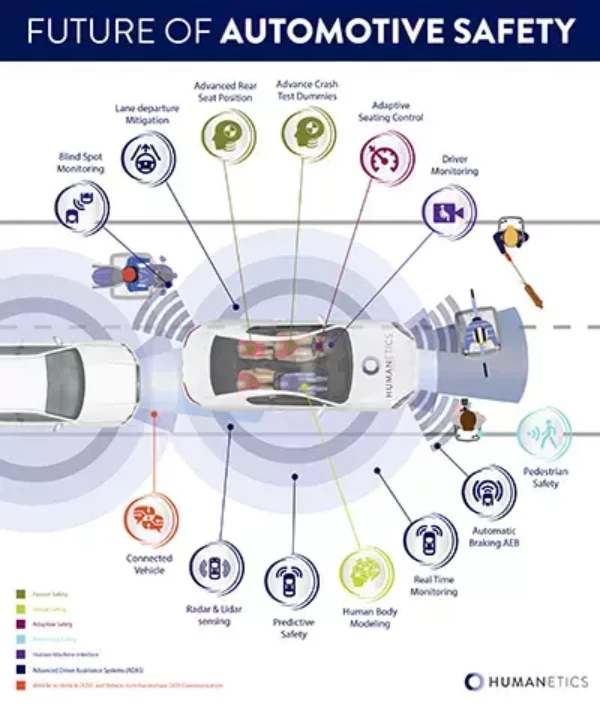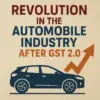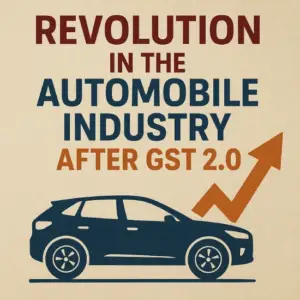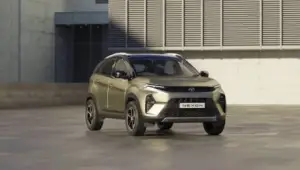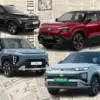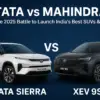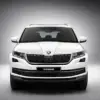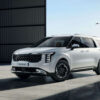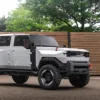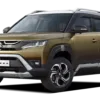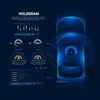Introduction
In the Indian automotive market of 2025, buyers are no longer satisfied with just an engine, wheels and a basic infotainment system. The modern Indian car buyer is far more demanding—expecting top-tier safety standards, advanced driving features, connected tech, and premium interiors even within affordable segments.
This shift stems from growing awareness, stricter government norms, and competitive pressures among manufacturers to differentiate. In this post, we explore what buyers now expect in terms of safety and features, why this matters, how the market is reacting, and how you as a buyer should prioritise upgrades when shopping for your next vehicle.
Why Safety & Feature Expectations Have Risen
Several forces have contributed to the surge in expectations:
- Regulation & Testing: The rollout of the Bharat NCAP safety assessment and upcoming integration of ADAS into evaluation protocols have raised the bar for safety in Indian vehicles.
- Consumer Awareness: Studies show that more buyers are listing features like six airbags, 360-degree cameras, digital dashboards and connected car tech as their top criteria.
- Technology diffusion: What was once premium (large touchscreens, ADAS, wireless connectivity) is now trickling down to mid-segment cars, changing expectations across the board.
- Competition & differentiation: Automakers are using safety and features as a key differentiator. When buyers compare models, even in similar price bands, features often tip the balance.
What Safety Features Are Now Non-Negotiable?
When it comes to safety, buyers increasingly treat several features as essential rather than optional.
Core Safety Features:
- Dual front airbags, side and curtain airbags are expected even in sub-₹10 lakh cars.
- Anti-lock Braking System (ABS) with Electronic Brake-force Distribution (EBD) and Electronic Stability Control (ESC) have become baseline expectations.
- ISOFIX child-seat mounts and strong crash-worthy structure using ultra high strength steel.
Advanced Safety Features (Increasingly Expected):
- ADAS (Advanced Driver Assistance Systems) such as Autonomous Emergency Braking (AEB), Lane Departure Warning (LDW), Blind-Spot Monitoring (BSM), and Adaptive Cruise Control (ACC) are becoming features buyers check for.
- 360-degree camera systems, tyre-pressure monitoring, and occupant-detection sensors.
- High safety ratings like 5-star marks under Bharat NCAP or Global NCAP are influencing decisions.
What Feature Upgrades Are Buyers Demanding?
Safety is only half of the equation; features and technology play a growing role in buyer decisions.
Interior & Comfort Features:
- Large infotainment screens (10-12″), digital instrument clusters, and ambient lighting.
- Wireless smartphone connectivity (Wireless Android Auto / Apple CarPlay), wireless charging, multiple USB-C ports, and premium audio systems.
- Panoramic sunroofs, ventilated seats, rear AC vents, rear-USB ports and premium upholstery—even in cars under 1.5 lakh
Connectivity & Smart Features:
- Connected car platforms offering remote lock/unlock, real-time diagnostics, geofencing, stolen-vehicle tracking.
- OTA (over-the-air) updates, voice assistants, gesture control, and multiple user-profiles in the car.
- Built-in navigation with EV-charging station mapping, AI assistants tailoring drive modes.
Powertrain & Driving Dynamics Features:
- Hybrid or mild-hybrid options, rather than only petrol/diesel, as cost of fuel rises and emissions norms tighten.
- Better refinement, quieter cabins, improved NVH (noise-vibration-harshness), and smoother transmissions being expected.
- Larger wheels, better ride/suspension setup, and premium finishes being pushed down into more affordable segments.
Segment-Wise Expectations & Trends
Different segments show slightly different priorities, but the underlying trend remains consistent.
Entry-Level Hatchbacks:
- Expect minimum six airbags, rear-parking camera/sensor, and touchscreen infotainment.
- Buyers compare value with feature content; cost savings alone no longer suffice.
Compact SUVs:
- Elevated expectations: Sunroof, ADAS Level-1 features, dual-screen interiors, connected car tech.
- Safety ratings become major differentiator.
Mid-Size SUVs & Premium Cars:
- Premium features like Level-2 ADAS, 360-degree cameras, ventilated & powered seats, premium audio matter.
- The gap between premium and mass-market is narrowing; buyers expect near-luxury features at mainstream prices.
How Manufacturers Are Responding
- Automakers are standardising safety across variants: e.g., making six-airbags standard on more models.
- Introducing ADAS even in lower trim levels, especially for SUVs.
- Adding connected car features as standard rather than optional.
- Updating interiors with larger screens, better materials, and premium touches even in mass-market models.
- Touting strong safety test ratings (Bharat NCAP, Global NCAP) in marketing to influence buyer perception.
What This Means for Buyers
- Better value for money: Features once reserved for premium models are now available in more affordable cars.
- Resale advantage: Cars with newer safety and feature tech likely to retain value better.
- Consider your real needs: While top-trim features look tempting, identify which features you’ll use.
- Check variant fit: Often, the best features are in higher trims—budget accordingly.
- Balance cost vs ownership: Some features (hybrids, full EVs, ADAS) may increase initial cost; evaluate long-term benefits.
Buyer Checklist: Safety & Feature Upgrade Priorities
- Are 6 or more airbags present?
- Does the car have ESC, ABS with EBD, ISOFIX mounts?
- Is there a crash-rating (Bharat NCAP / Global NCAP) publicly available?
- What connectivity features are present (wireless CarPlay/Android Auto, connected apps)?
- Are ADAS features included (AEB, LDW, ACC, BSM)?
- How good is the infotainment screen size, quality and user-interface?
- Is there adequate cabin comfort (sunroof, ventilated seats, rear AC vents)?
- Does the car support future-proofing (hybrid/EV option, OTA updates)?
- How does the cost escalate from base to top variants (are you paying for features you’ll actually use)?
Conclusion
In 2025, the expectations of Indian car buyers have evolved significantly. Safety is non-negotiable, and features once reserved for luxury cars are now mainstream. – upscale connectivity, premium interiors, strong crash-ratings, ADAS tech and value-packed variants are the new norm.
For manufacturers, meeting these expectations is no longer optional—it’s essential to compete. For buyers, this means better cars, smarter choices, and clearer priorities. If you’re shopping for a new car now or soon, focus on safety + features as your primary checklist—and you’ll be aligned with how the market is moving.

